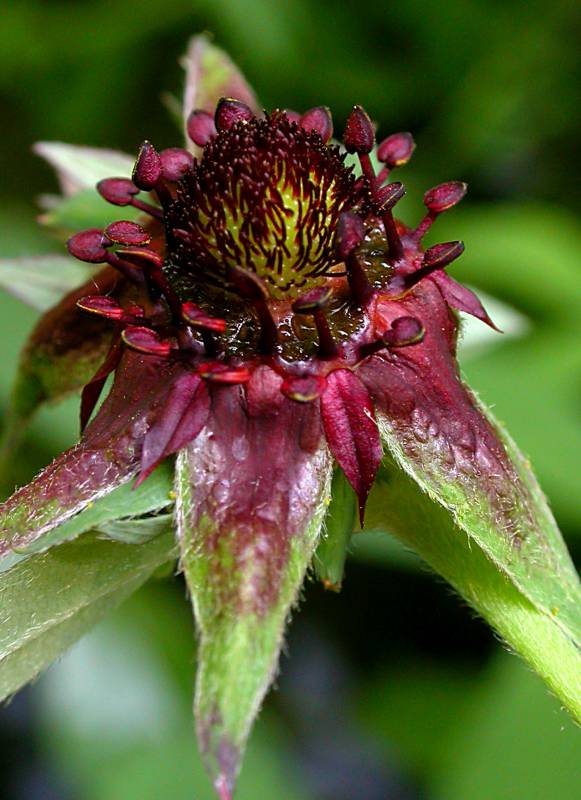Hosted by the University of Washington Herbarium, Burke Museum
Publication: Sp. Pl. 1: 502. 1753.
Origin: Native
Herbarium search: CPNWH
Notes: FNA9: " Comarum palustre is circumboreal; it occurs in a broad band across the northernmost United States and Canada as far north as the low arctic. Disjunct populations occur well to the north, as on Baffin and Victoria islands, and in the south, as in Gunnison County, Colorado, and the Uinta Mountains of Utah. Appropriate habitats are uncommon and geographically restricted in the southern part of the range, for example, in Idaho, Montana, and North Dakota.
Comarum palustre is sometimes divided into subspecies, varieties, and/or forms on the basis of vestiture, leaflet dimensions, and flower number (for example, M. L. Fernald and B. H. Long 1914; N. N. Tzvelev 2007). Because there is no existing consensus, and a global evaluation of the situation is beyond the scope of this work, no infraspecific taxa are recognized here. Within North America, northern populations tend to have broader leaflets and inflorescences composed of one to relatively few flowers with relatively short sepals and petals, but these differences are not consistent; similar plants occur in subalpine settings in the mountains well to the south. Chromosome numbers also vary, apparently not correlated with morphology or geography; some populations occasionally include individuals of different disploid and polyploid levels.
Horizontal stems were used occasionally by Native Americans as a medicinal aid in the treatment of dysentery and stomach cramps (D. E. Moerman 1998). Aquatic birds in particular eat the leaves and achenes.
Last updated 4/9/2020 by David Giblin.

